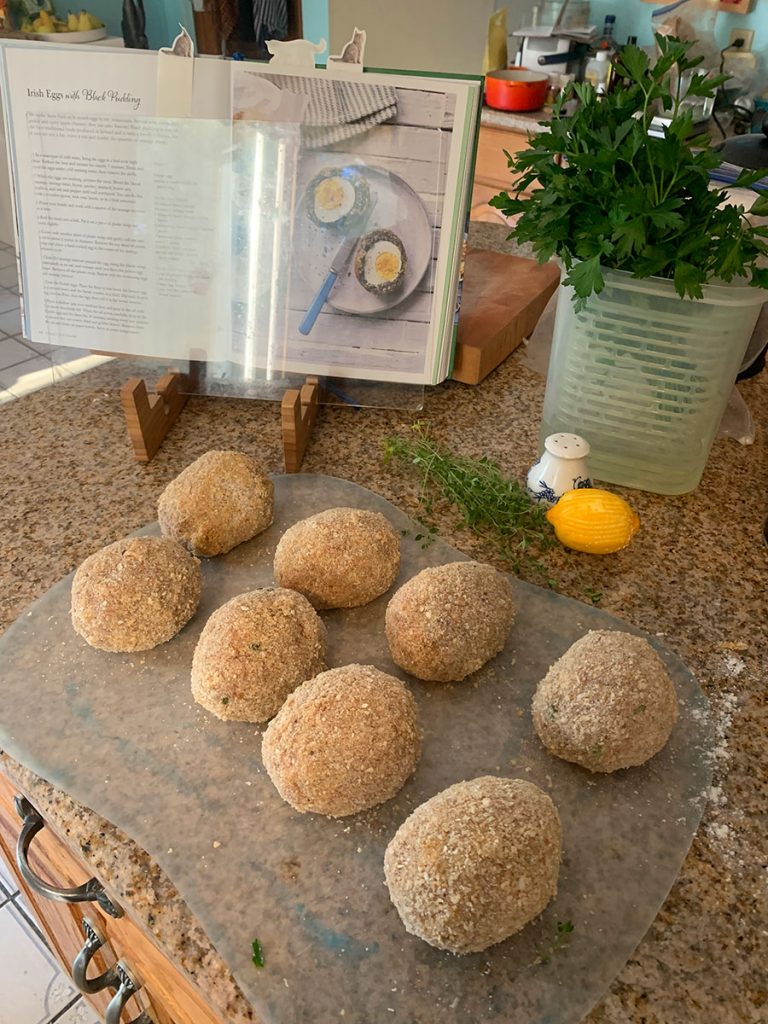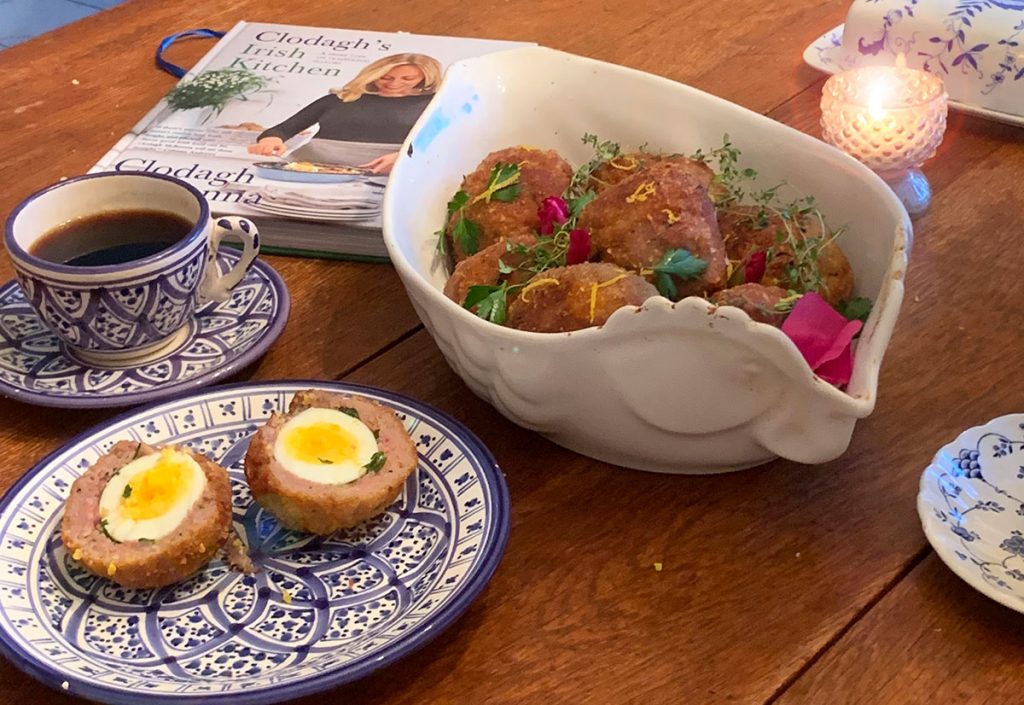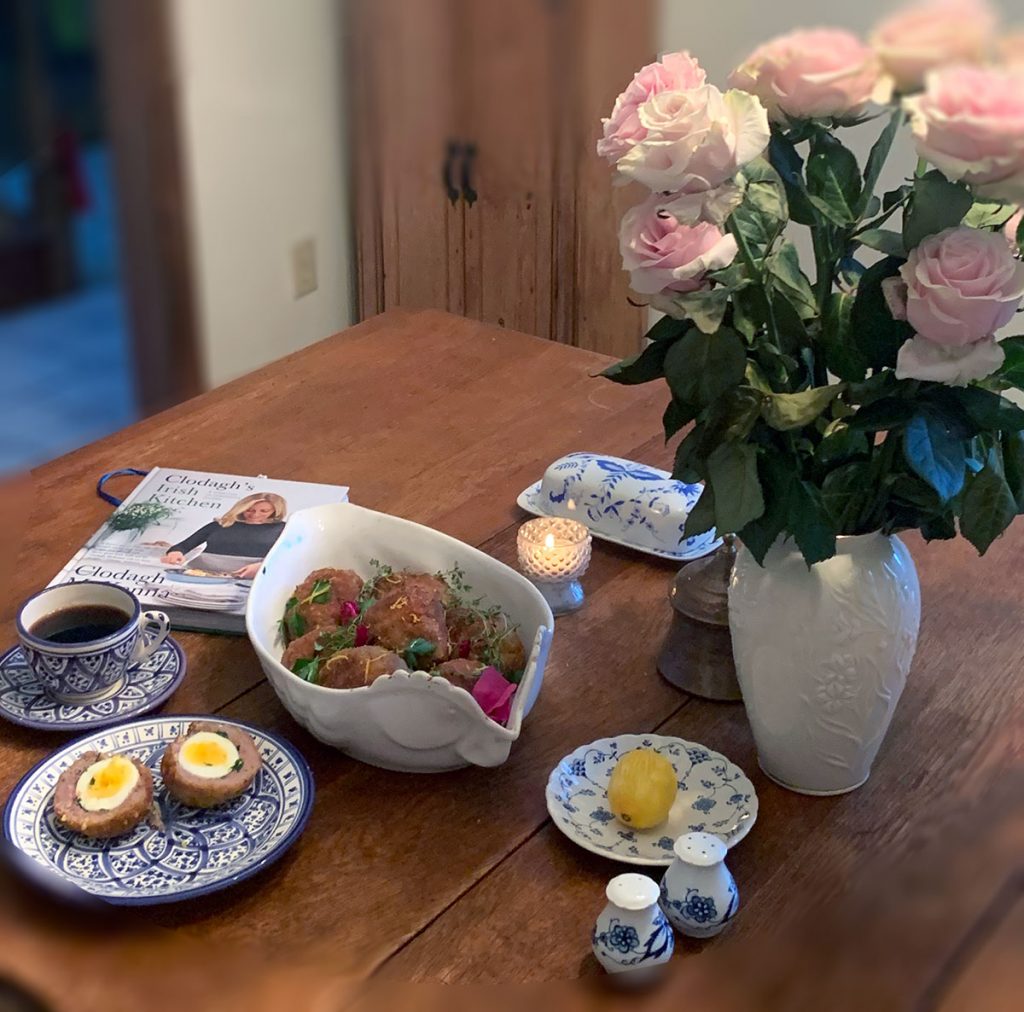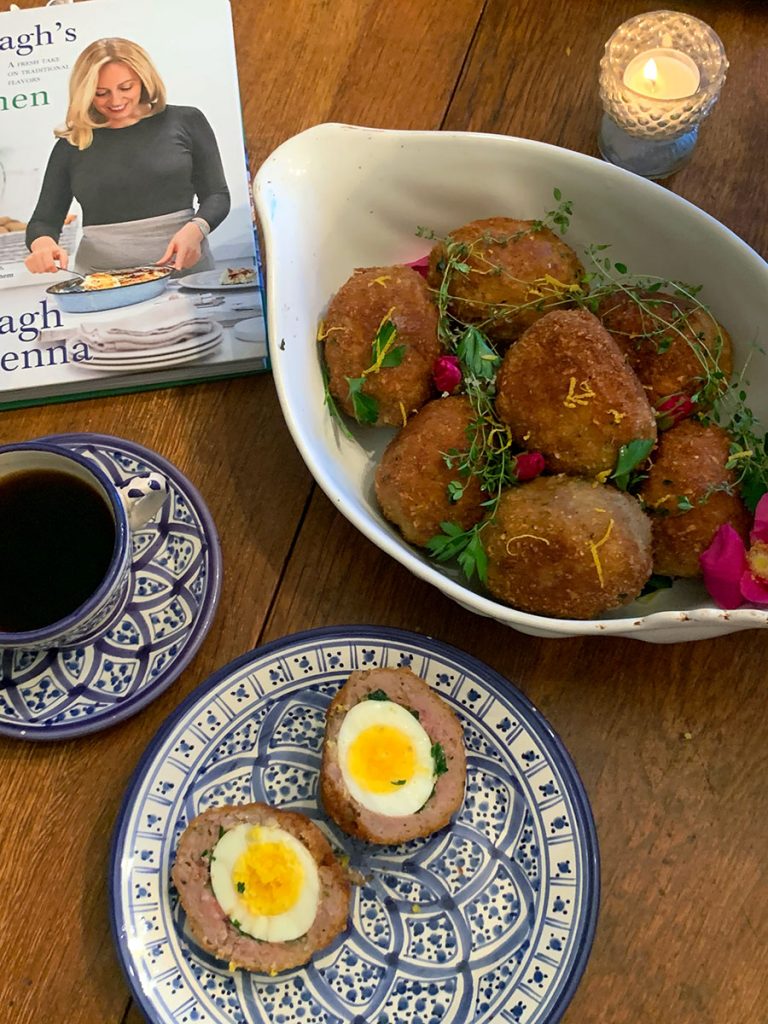The resilience of Henri Matisse cut outs as he deals with chronic pain in his later years
Henri Matisse cut outs came about because chronic illness had made painting more difficult. The painter made his name by putting brush to canvas and when he no longer had eye muscle and proper hand-coordination, he made his mark all over again by putting scissors to paper. A flickery home movie of an elderly Henri Matisse shows the artist in a hurry with his giant scissors, cutting asymmetrical, floppy leaf forms out of paper. He compared cutting to the feeling of flying. He enjoyed being able to move them around to contemplate their respective positions within his composition.
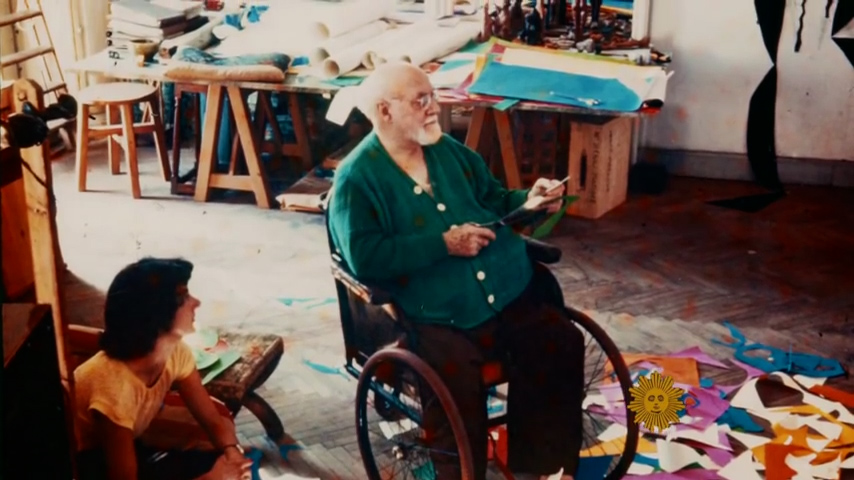
Henri Matisse cut outs technique may have originated from his influence growing up in a textile region in France. The paper cut-outs have a dressmaker’s pattern influence. The studio that he worked in had many textiles for inspiration surrounding him. There was an exhibit that became the source for my idea for this relationship called Matisse: The Fabric of Dreams: His Art and His Textiles JUNE 23–SEPTEMBER 25, 2005 at the Met. It features forty-five painted works and thirty-one drawings and prints displayed alongside examples from Matisse’s personal collection of fabrics, costumes, and carpets. That exhibition marked the first public showing of Matisse’s textile collection—referred to by the artist as his “working library”—which has been packed away in family trunks since Matisse’s death in 1954. According to his grandson Paul, he enjoyed using the cutout technique right up unto the end of his life.
“An artist should never be a prisoner of himself, prisoner of style, prisoner of reputation, prisoner of success”
Henri Matisse
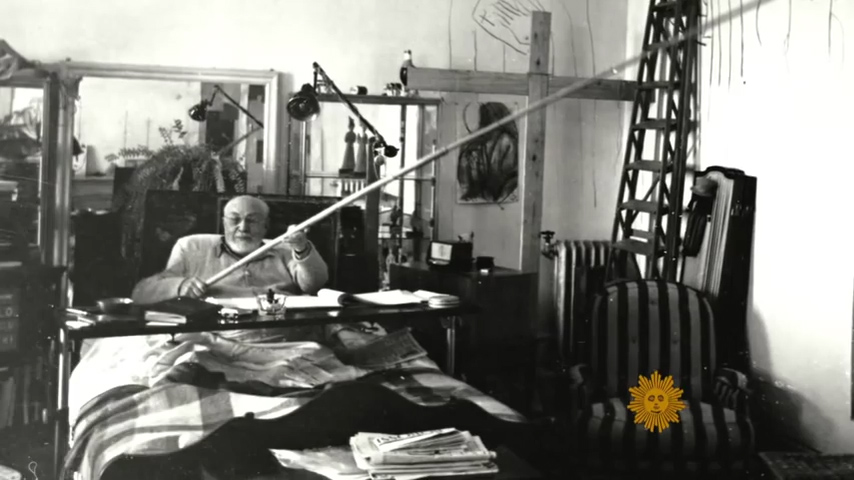
It was noted by friends, family, and colleagues that Matisse had an intensity about him and that he loved to work. He could not stop creating no matter what his physical condition. A type of wilfulness that is indispensable when producing commissioned artwork while in chronic pain.
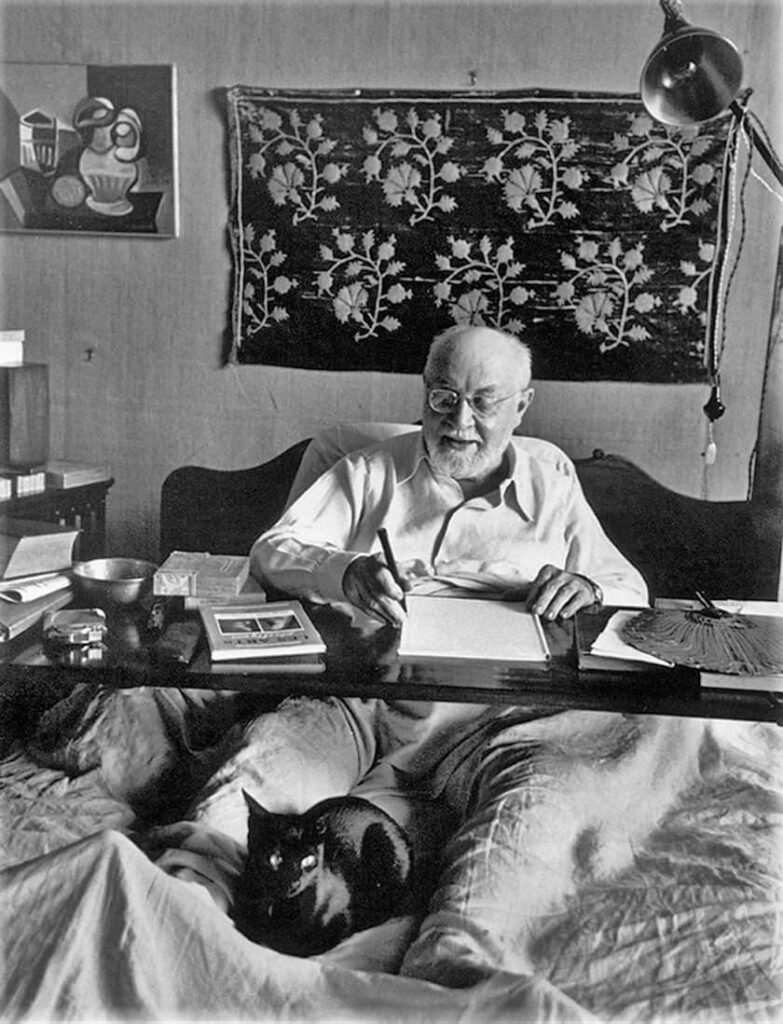
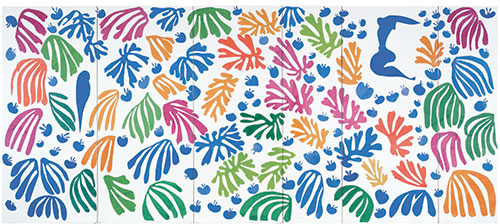
Henri Matisse Cut Outs Paint Process
The color on his cut-outs was produced using gouache—a water-based, opaque, quick-drying, matte paint that consists of pigment, binder, and often a white pigment or filler to increase opacity. Matisse purchased a wide range of colors at supply houses in Paris and Nice, choosing tubes based on color and freshness. Studio assistants cut rectangular sheets of paper from large rolls. Gouache, thinned with water, was applied to paper and then weighted until dry. Some sheets had a more dense application of gouache and some more visibly retained the brushstrokes.
Source: MOMA, CBS this morning Meggie Miao, Mike Levine, SUNY Purchase


